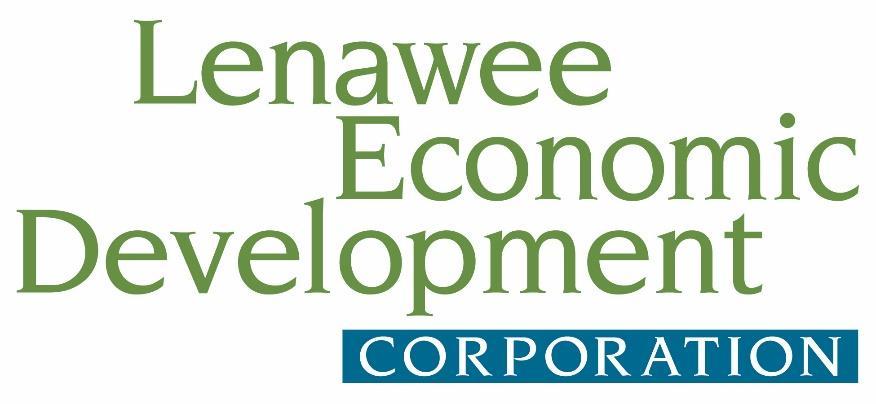
2 minute read
Notes to Financial Statements
from 2022 Fiscal Audit
by Lenawee Now
December 31, 2022
18. Upcoming Accounting Standards
Advertisement
ASU 2022-02, Financial Instruments Credit Losses (Topic 326): Troubled Debt Restructurings and Vintage Disclosures (March 2022, for entities that have adopted ASU 2016-13, Financial Instruments Credit Losses (Topic 326): Measurement of Credit Losses on Financial Instruments, effective for fiscal years beginning after December 15, 2022. The main objective of this Update is to provide financial statement users with more decision-useful information about the expected credit losses on financial instruments and other commitments to extend credit held by a reporting entity at each reporting date. To achieve this objective, the amendments in this Update replace the incurred loss impairment methodology in current GAAP with a methodology that reflects expected credit losses and requires consideration of a broader range of reasonable and supportable information to inform credit loss estimates
Independent
Auditor’s Report on Internal Control Over Financial Reporting And on Compliance and Other Matters Based on an Audit of Financial Statements Performed in Accordance with Government Auditing Standards
Board of Directors
Lenawee Economic Development Corporation dba Lenawee Now Adrian, Michigan
We have audited, in accordance with the auditing standards generally accepted in the United States of America and the standards applicable to financial audits contained in Government Auditing Standards issued by the Comptroller General of the United States, the financial statements of Lenawee Economic Development Corporation dba Lenawee Now (LEDC, a nonprofit organization), which comprise the statement of financial position as of December 31, 2022, and the related statements of activities, expenses, and cash flows for the year then ended, and the related notes to the financial statements, and have issued our report thereon dated March 3, 2023.
Report on Internal Control over Financial Reporting
In planning and performing our audit of the financial statements, we considered LEDC’s internal control over financial reporting (internal control) as a basis for designing audit procedures that are appropriate in the circumstances for the purpose of expressing our opinion on the financial statements, but not for the purpose of expressing an opinion on the effectiveness of LEDC’s internal control. Accordingly, we do not express an opinion on the effectiveness of LEDC’s internal control.
A deficiency in internal control existswhen thedesignoroperationofacontroldoesnotallowmanagement or employees, in thenormal course ofperforming their assigned functions, to prevent,ordetect andcorrect, misstatements on a timely basis. A material weakness is a deficiency, or a combination of deficiencies, in internal control, such that there is a reasonable possibility that a material misstatement of the entity’s financial statements will not be prevented or detected and corrected on a timely basis. A significant deficiency is a deficiency, or a combination of deficiencies, in internal control that is less severe than a material weakness, yet important enough to merit attention by those charged with governance.
Our consideration of internal control was for the limited purpose described in first paragraph of this section and was not designed to identify all deficiencies in internal control that might be material weaknesses or significant deficiencies. Given these limitations, during our audit we did not identify any deficiencies in internal control that we consider to be material weaknesses. However, material weaknesses my exist that have not been identified



